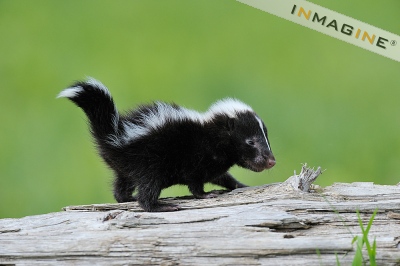In my last blogulation, I discussed the hurried harvest brought on by Ms. Irene. When a lot of food comes in, I must do something with it: I dried basil in the dehydrator, I’m making tomato sauce (more on this later), I’m drying the potatoes and the onions, but beans have to be canned, pickled or frozen. I freezing takes the least effort on my part. First, I break them into short bits, blanch them in the microwave until they turn bright green. Next they go in the sink for a nice quick cold water bath before they slip into their final resting place: sandwich size freezer bags.
If you don’t first heat them up for awhile, they will continue to degrade in the freezer. Once a vegetable is picked, enzymes begin to break down all of the cell goodies (other proteins, DNA etc.). Even at the relatively chilly -20 celsius of your standard freezer these enzymes will continue to function though very slowly. This will turn a frozen vegetable into mush over the course of a few months. Heating the vegetable to a high temp (near boiling) briefly will denature the enzymes, thus stopping this process. Enzymes are proteins and proteins are just long chains of amino acids (really, they would look like a chain if you could see them), that have been folded into functional little balls. Heating them, breaks their balls, so to speak.
All was going well with this little process and I had just started my last batch when I decided to head out to the compost to dump all of the bean end bits.
My compost has become a popular hang out for certain local crepuscular omnivores. Specifically, some of the black and white polecat variety (pole apparently comes from puant in French, which means to stink) enjoy the compost. The front of the compost bin is obscured by a “door.” Some might mistake it for a few planks propped up in front of the compost. Well, I reached over this, dumped my beans, then noticed a hairy tail go up quite suddenly.
I turned tail and just got caught on the back of the shirt and hair. Skunks are very accurate up to 10 ft. After a hasty retreat, a haircut and some harshly washed clothing, I was able to go to work today. Perhaps next time I’ll be a little more careful.
In case you were wondering, the smell comes from the skunk’s anal glands and is made from a mixture of thiol compounds: molecules with organic sulfurs (sulfur linked to carbon). They can only spray five or so time before they have to take a break of several days.
Apropos of nothing: baby skunks are called kits and they are darling.



